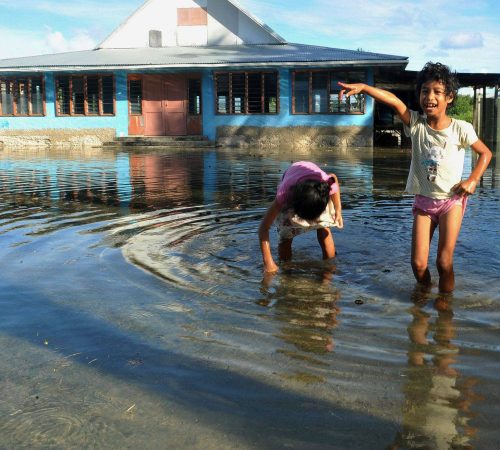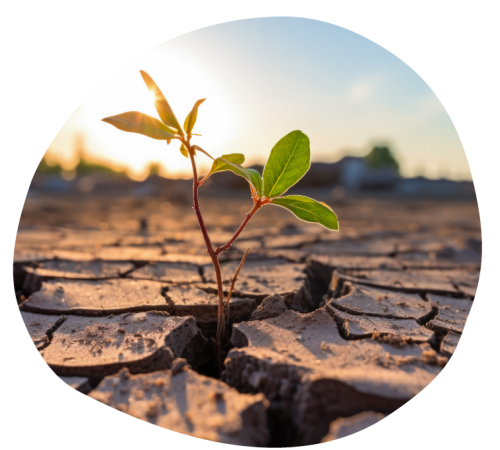
Water, the essence of life, flows through every aspect of our existence. From nurturing ecosystems to sustaining livelihoods, its significance cannot be overstated. As we strive to achieve Sustainable Development Goal 15—Life on Land—water emerges as a fundamental element in preserving terrestrial ecosystems, biodiversity, and the well-being of communities worldwide. In this blog, we’ll explore the critical role of water in advancing Goal 15 and discuss strategies to ensure its sustainable management and conservation.
The Nexus of Water and Land
Sustainable Development Goal 15 aims to protect, restore, and promote the sustainable use of terrestrial ecosystems, halt biodiversity loss, and combat desertification and land degradation. However, the achievement of this goal is intricately linked to the availability, quality, and management of water resources.
- Ecosystem Health: Water sustains the vitality of terrestrial ecosystems, from forests and wetlands to grasslands and deserts. It serves as a lifeline for plant and animal species, facilitating growth, reproduction, and habitat connectivity.
- Biodiversity Conservation: Healthy water ecosystems support a rich diversity of species, contributing to the resilience and stability of terrestrial ecosystems. By preserving water habitats and safeguarding aquatic biodiversity, we protect the interconnected web of life on land.
- Soil Moisture and Nutrient Cycling: Adequate water availability is essential for maintaining soil moisture levels, supporting plant growth, and facilitating nutrient cycling. By ensuring sufficient water supply, we enhance soil fertility, productivity, and resilience to erosion and degradation.
Challenges Facing Water and Land
Despite the vital role of water in achieving Goal 15, numerous challenges threaten the sustainability of terrestrial ecosystems and water resources:
- Water Scarcity: Increasing demand for water, coupled with climate change-induced variability, exacerbates water scarcity in many regions, placing stress on terrestrial ecosystems and agricultural productivity.
- Land Degradation: Deforestation, unsustainable land use practices, and soil erosion contribute to land degradation, compromising ecosystem health, biodiversity, and water quality.
- Pollution and Contamination: Industrial discharge, agricultural runoff, and inadequate sanitation infrastructure pollute water bodies, endangering aquatic ecosystems and human health.
- Inequitable Access: Disparities in water access and distribution exacerbate socio-economic inequalities, particularly in rural and marginalized communities, limiting their ability to sustainably manage and benefit from water resources.
Strategies for Sustainable Water and Land Management
Addressing the interlinked challenges facing water and land requires holistic and integrated approaches:
- Integrated Water Resource Management: Adopting integrated approaches to water management promotes coordination and cooperation among stakeholders, ensuring equitable allocation, efficient use, and sustainable governance of water resources.
- Ecosystem-based Adaptation: Investing in ecosystem-based approaches, such as watershed restoration, reforestation, and sustainable land management, enhances ecosystem resilience to climate change and supports the delivery of water-related ecosystem services.
- Water Conservation and Efficiency: Implementing water conservation measures, promoting water-efficient technologies, and incentivizing sustainable water use practices reduce water demand and minimize stress on terrestrial ecosystems.
- Pollution Prevention and Remediation: Enforcing regulations, improving wastewater treatment infrastructure, and promoting pollution prevention measures mitigate water pollution and safeguard water quality for both terrestrial and aquatic ecosystems.
- Community Engagement and Empowerment: Engaging local communities, indigenous peoples, and other stakeholders in decision-making processes fosters ownership, enhances resilience, and promotes sustainable management of water and land resources.
Conclusion
Water is indeed vital—not only for life itself but also for the achievement of Sustainable Development Goal 15 and the broader agenda of sustainable development. By recognizing the interconnectedness of water and land, prioritizing integrated approaches, and fostering collaboration among diverse stakeholders, we can effectively address the challenges of water scarcity, land degradation, and biodiversity loss. Together, let us work towards a future where water flows freely, ecosystems thrive, and life on land flourishes for generations to come.




